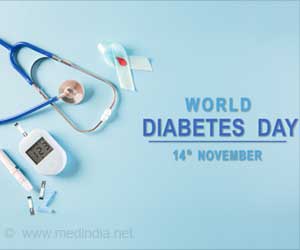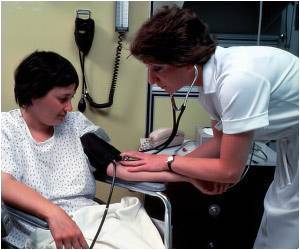Incoming intensive care unit nurses experience a higher level of mental workload than outgoing nurses, as revealed by a study.

‘Research shows incoming intensive care unit (ICU) nurses experience higher level of mental workload than outgoing nurses.’





Too Much Workload Affects Mental Health of Nurses
The collected data — ocular and physiological responses — from entire 12-hour nursing shifts were analyzed to evaluate the cognitive loads between day and night shifts as well as to compare the beginning with the middle and the end of shifts. Furthermore, the impact of stress on nurses’ visual search was assessed.His research detected no significant difference in the cognitive levels of the nurses who worked the day shift compared to those working overnight. However, Dr. Ahmadi found that the start of working shifts is more cognitively demanding than the middle and end of ICU shifts, and stressed nurses had shortened fixation, which was accompanied by more sporadic gaze behavior.
“This is the first naturalistic study that employs an eye-tracking technology in behavior assessment of critical care nurses,” Dr. Ahmadi said.
“Analyzing this rich dataset may shed light on major contributors to nurses’ high-stress and demanding episodes and will pave the way for effective interventions to address providers’ mental health. We believe this research will provide foundational knowledge that could inform the design of real-time stress monitoring and burnout mitigation systems.”
Nurses who work in intensive care units have particularly high workloads that could lead to cognitive overload and medical errors. To support nurses and enhance patients’ outcomes, continuous unintrusive measurements of mental workload and stress are necessary.
Advertisement
Dr. Ahmadi’s study is the first naturalistic study that attempted to investigate workload and stress in the ICU using ocular metrics and physiological responses including pupil diameter, gaze entropy, fixational, and saccadic eye movements.
Advertisement
Next steps for this research would be to use machine learning tools to pinpoint moments of stress and communicate them in real-time to nurse leaders to address complex care delivery needs for critically ill patients.
Source-Eurekalert















